
Thermoshape effects
When two structures made by the same material and having the same sizes but different shapes are connected to each other under a temperature gradient, an electrochemical potential gradient is induced. This new effect is proposed by NERG and called quantum thermoshape effect. It can be utilized as a new way of converting heat energy to electricity.
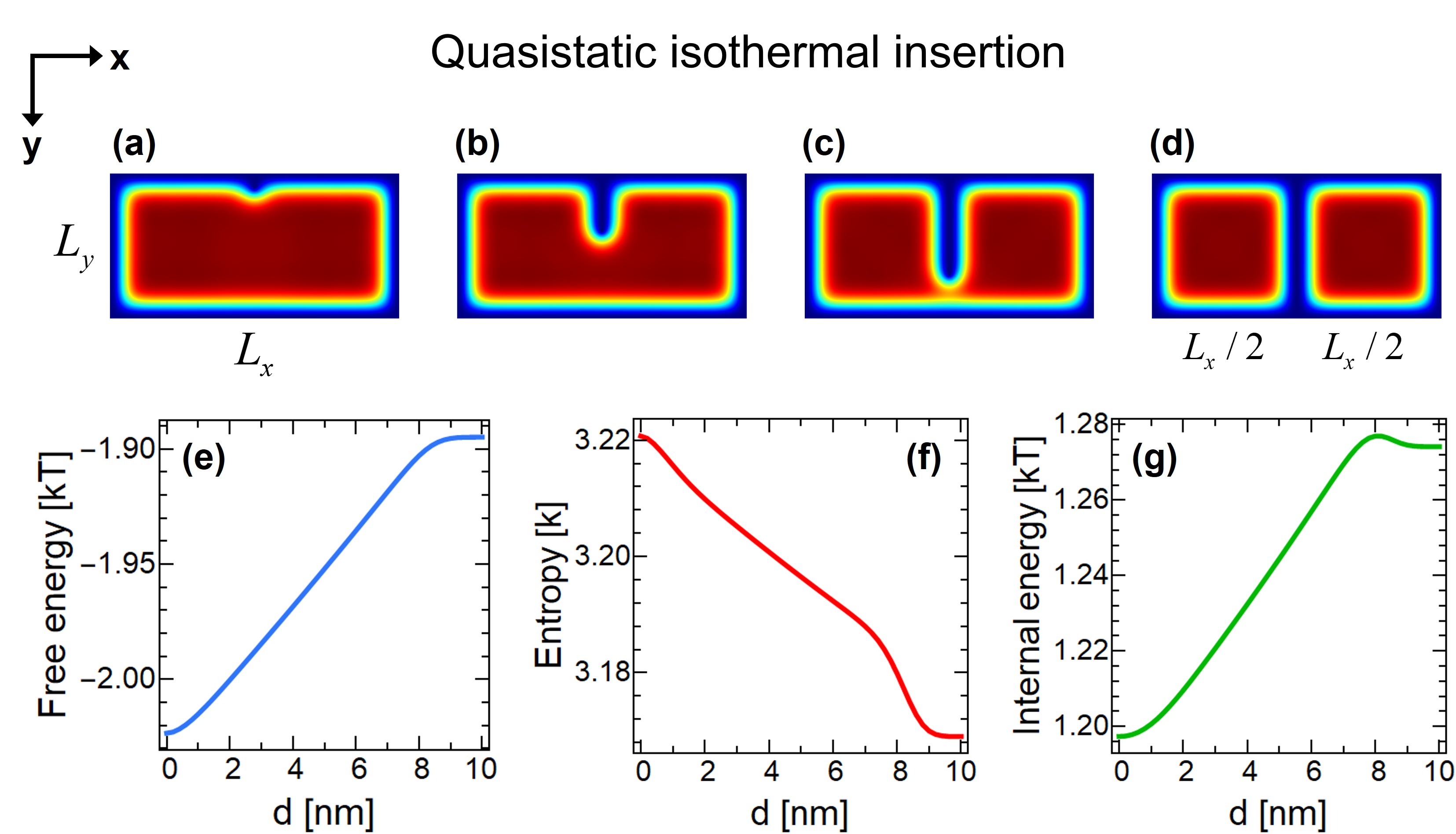
Quantum Szilard engines
We propose a quantum Szilard engine without featuring an explicit Maxwell's demon in which localization by quantum measurement corresponds to a logically irreversible operation and has to be accompanied by heat dissipation. This shows the validity of the Landauer's principle even in quantum Szilard engines without Maxwell's demon.

Quantum shape effects on thermodynamics
It is shown that size-preserved shape transformations cause changes in thermodynamic properties due to wave nature of particles and it is called Quantum Shape Effects (QShE). A purely quantum mechanical torque effect appear due to QShE.

New thermodynamic cycles: Isoformal process
We recently introduced a thermodynamic process called isoformal, shape preserving, process which opens up the possibility of a new generation of thermodynamic cycles operating at nanoscale with unique features.
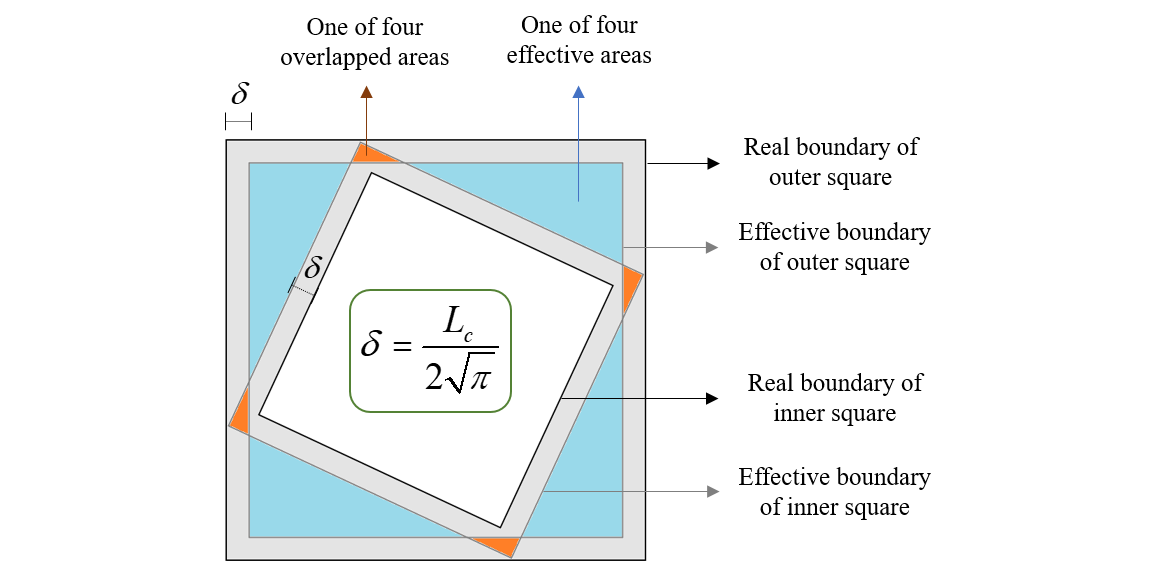
Overlapped quantum boundary layer approach
Overlapped quantum boundary layer (OQBL) approach is proposed to analytically predict QShE on thermodynamic properties. By using OQBL approach, there is no need to solve Schrödinger equation and to calculate partition function; calculation of thermodynamic properties of confined systems becomes just a simple geometrical problem.
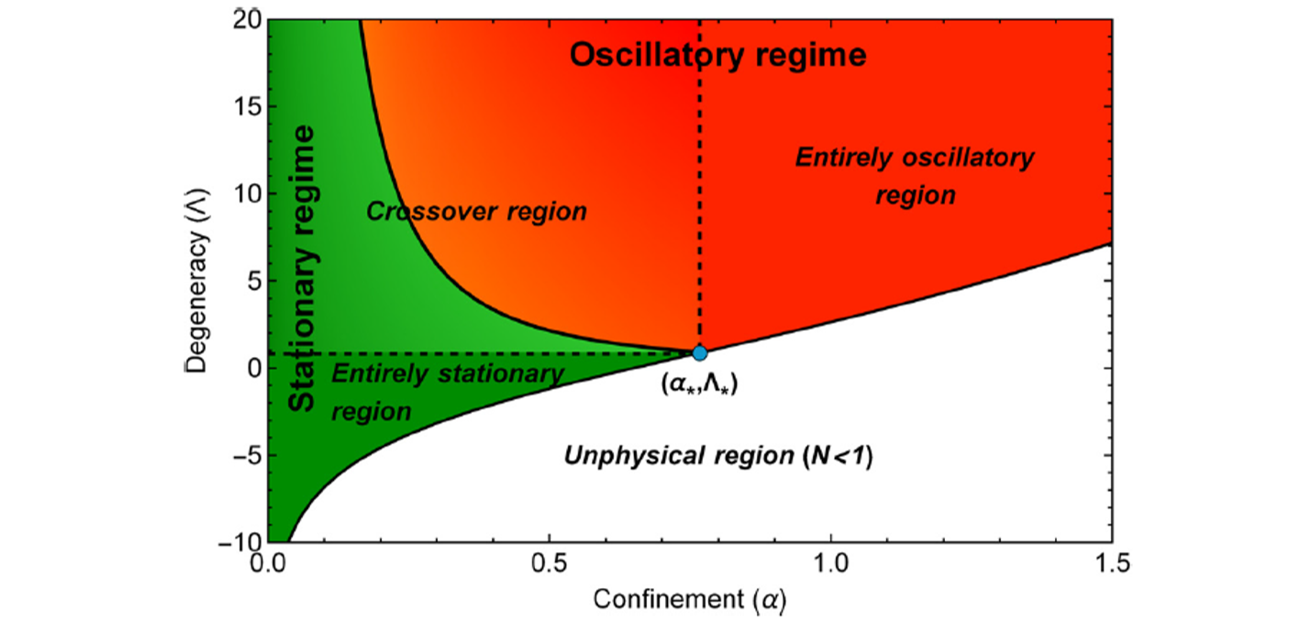
A phase diagram for quantum oscillations
Half-vicinity model is developed and a phase diagram in degeneracy-confinement space is proposed for quantum oscillations in strongly confined and degenerate Fermi gases.
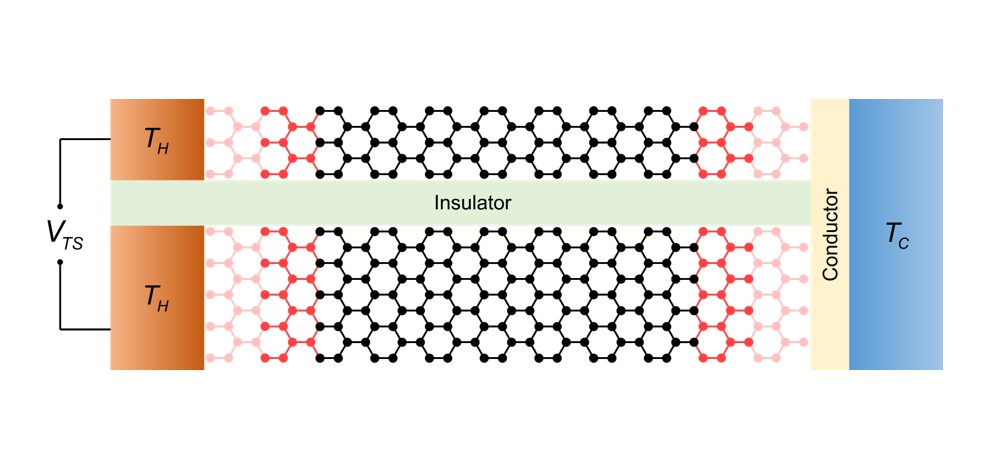
Thermosize effects
When nano and macro structures made by the same material are connected to each other under a temperature gradient, thermosize effects appear.
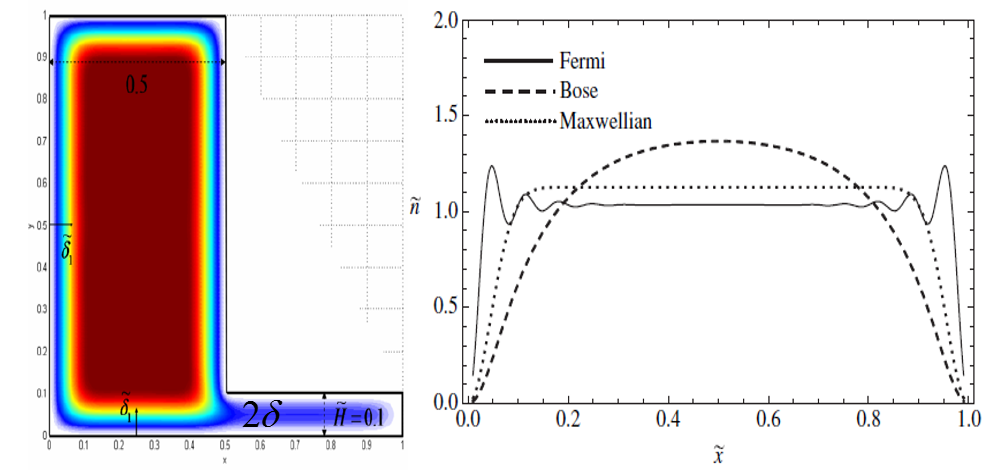
Quantum boundary layer
Density distribution of ideal gases confined in a finite domain is not uniform even in thermodynamic equilibrium.
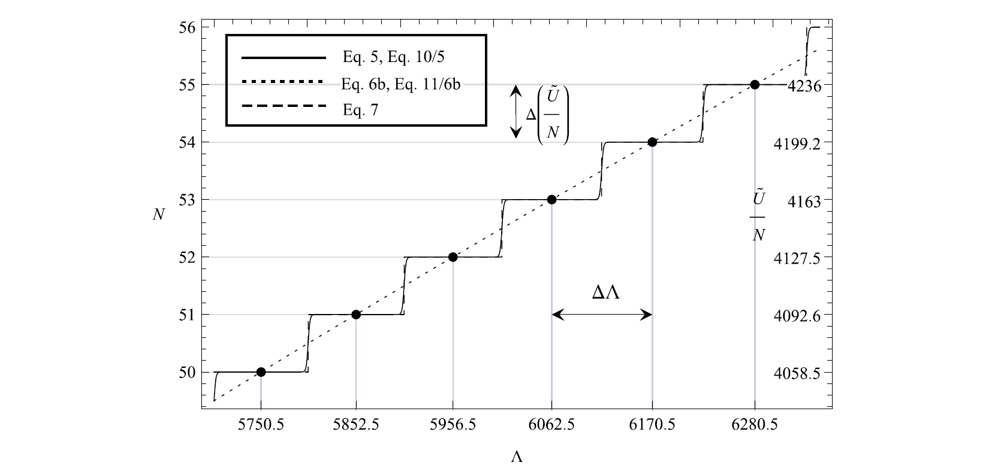
Discrete Thermodynamics
Particle number and internal energy exhibit an intrinsic discreteness which allows them to take only some definite values. Thermodynamic properties of an ideal Fermi gas have either stepwise or oscillatory nature.
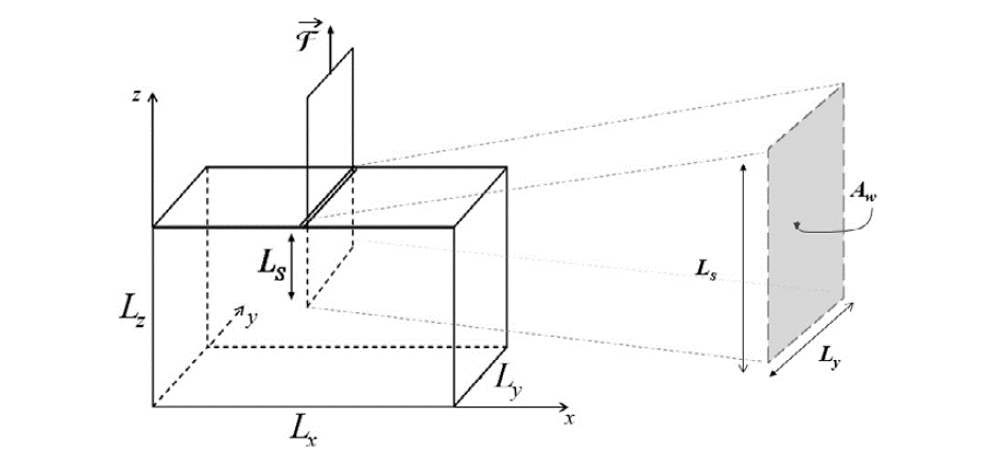
Quantum force
Even an infinitesimally thin wall immersed in a domain filled by a gas, has a nonzero effective thickness. Gas pressure acting on the effective cross section of movable wall causes an outward quantum force.
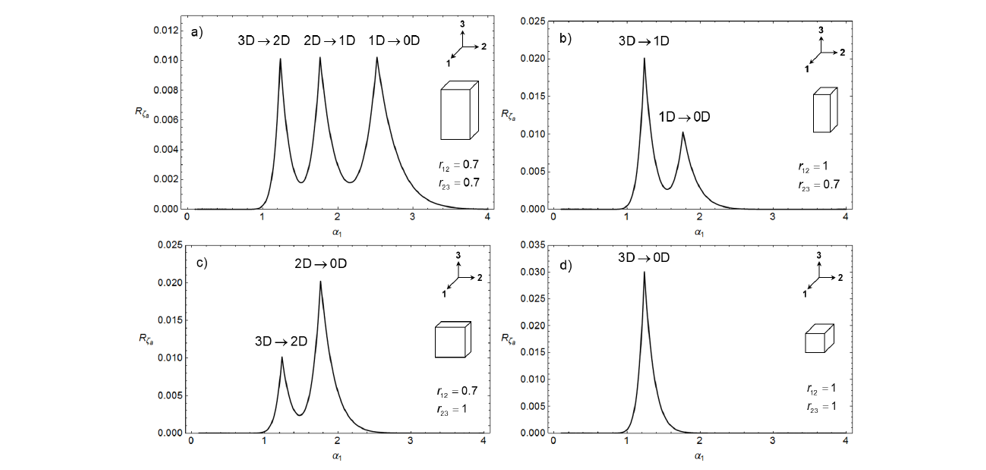
Dimensional Transitions
Dimensional transitions in thermodynamic properties occur in momentum space due to quantum confinement.
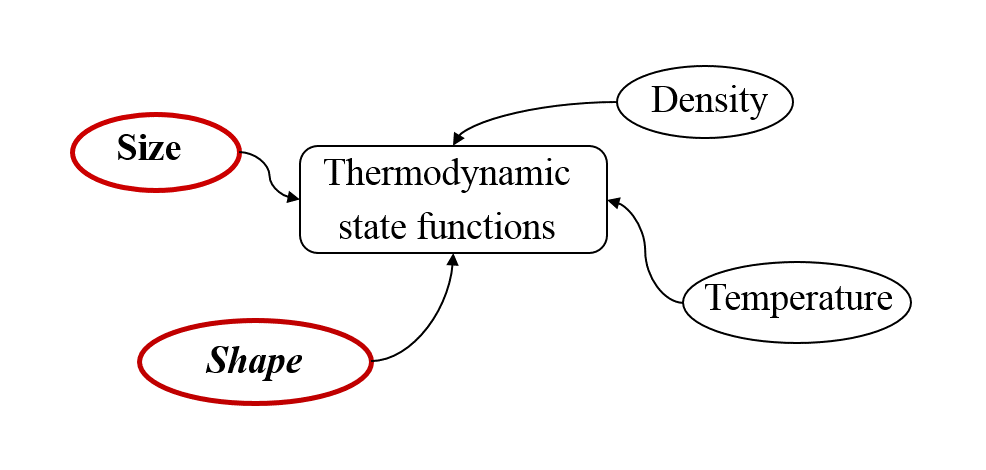
Nano-thermodynamics
We derive analytical expressions for thermodynamic state functions considering quantum size and shape effects.

Nanoscale thermoelectrics
Analytical expressions for Seebeck coefficient under quantum size effects are derived with a good agreement with experimental and numerical results.
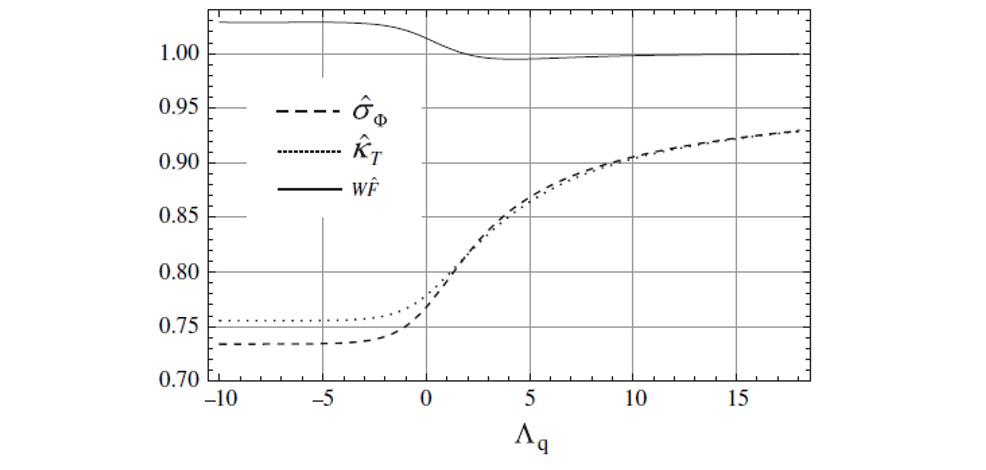
Nanoscale gas transport
Size dependencies of thermal and electrical conductivities are different, the Lorenz number becomes size and shape dependent and deviations from the Wiedemann–Franz law is expected at nanoscale due to QSE.